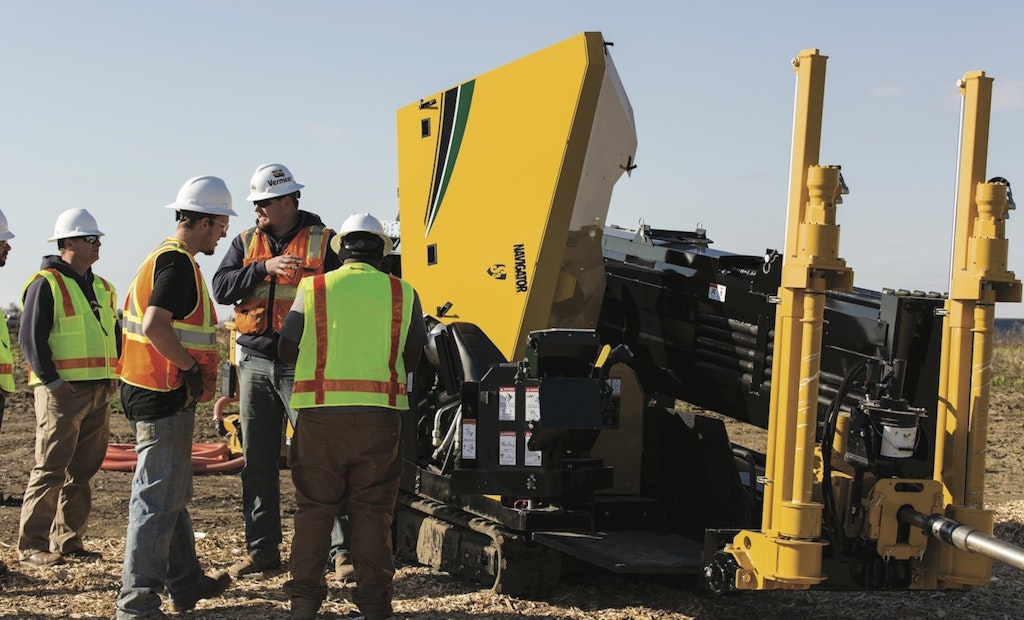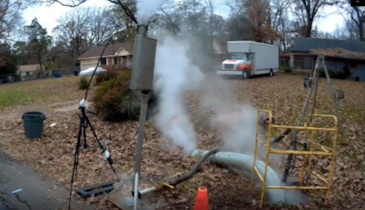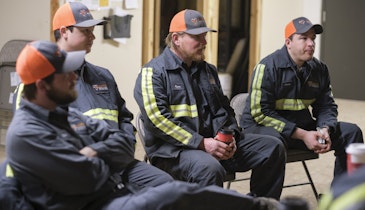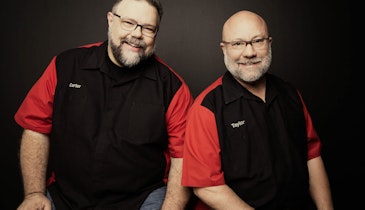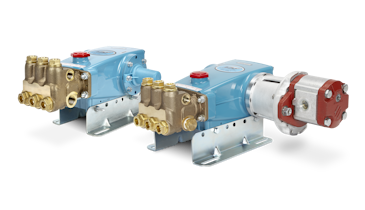Interested in Drilling?
Get Drilling articles, news and videos right in your inbox! Sign up now.
Drilling + Get AlertsHorizontal directional drilling is both an art and a science. The right training, education and experience is a critical combination in knowing the right balance between the two.
An efficient, productive and safe job site takes a well-trained workforce with the know-how to operate the specific machines for which each individual on a crew is responsible. Simple training is not enough; it needs to be the right training, according to Vermeer Industrial Equipment and Crew Skills Training Manager Dan Vroom. Knowing what the right training is starts with an honest assessment of existing industry knowledge and experience.
“Someone might have years of experience in the industry, but it may not be years of good experience,” says Vroom, who manages the Vermeer HDD Circuit program, with events at the Vermeer campus in Pella, Iowa, as well as supporting HDD fundamentals at dealerships around the nation. “A big part of the process is asking a lot of questions and focusing on the fundamentals.”
Building deeper understanding
Vroom considers HDD training an important investment in personnel, and he and other instructors emphasize more than just the operational basics for individual machines. On many job sites, operators may know the basics of how to operate a specific machine, but they may lack the deeper understanding of the machine’s technology. Many know the “how,” but lack a full understanding of the “why.”
“We focus on specific operations and their implications. It’s sometimes difficult because drilling team members may be told, ‘This is your job today, and this is how much you need to get done,’” Vroom says. “Miscommunication, unrealistic expectations and/or lack of knowledge/experience can lead to much bigger issues if an operator isn’t doing something right.”
Cause-and-effect training
Beyond building a stronger general understanding of the work itself, this type of cause-and-effect training has long-term benefits for both equipment operators and the contractors on whose job sites they’re working.
“Once we can target a specific action that’s being done incorrectly, we talk about both how it’s going to affect you in the short term as well as maybe a year down the road. You may have drill rods breaking downhole due to oversteering or have to hammer rod joints apart because of inadequate makeup torque to the joint,” Vroom says. “It’s important to provide hands-on opportunities so these ideas are more than just concepts and become engrained in operators’ minds so when they get to the job site, they have the fundamentals down and don’t try to take shortcuts that may not pan out later.”
Hands-on training
The HDD Circuit program courses Vermeer offers are designed for operators with or without previous experience. Though industry experience is typically a positive, many who go through the training are relatively new to the field. That’s not always a drawback; however, the comprehensive HDD training provides the type of hands-on experience similar to on-the-job HDD experience, Vroom says.
“After going through our circuit training, it’s no longer on-the-job training. They leave with experience and tools to go out and start applying what they learned to the job site. Training is a great value for operators, locators, foremen and managers, because they get hands-on experience with a personal instructor close by to answer questions and give constructive feedback to the student.”
